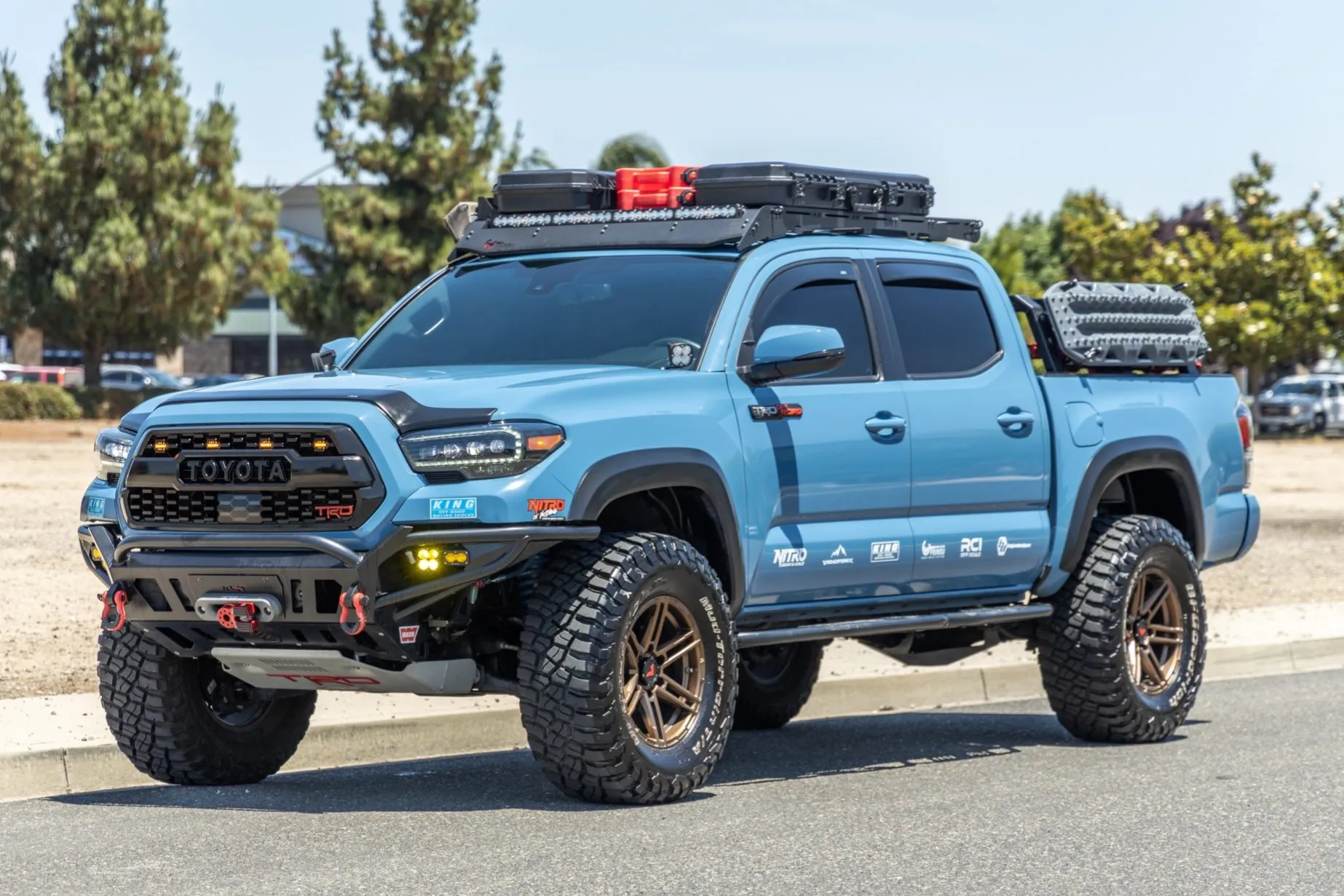When choosing a vehicle, most buyers prioritize features like horsepower, styling, gas mileage, or advanced technology. But one crucial factor that often goes overlooked—until it becomes a problem—is ergonomic comfort, especially for long drives.
Whether you’re commuting two hours each day or embarking on a road trip across the country, comfort behind the wheel isn’t a luxury—it’s a necessity. And yet, some of the most popular cars on the market fail to meet even the most basic standards of ergonomic design.
Ergonomics in a car goes far beyond plush seats. It encompasses everything from lumbar support, seat height, and adjustability to the reach of the steering wheel, pedal placement, cabin noise, and even how well the seat fits your body’s natural curves.
When any of these elements are poorly designed, the result is discomfort that builds steadily over time—first a sore back, then numb legs, a tight neck, and eventually, driver fatigue that could impact not just your enjoyment but also your focus and safety.
While a short test drive may not reveal these issues, long hours in the wrong vehicle can lead to chronic pain or lasting strain, especially for drivers who spend significant time on the road.
Unfortunately, there are many vehicles across different segments—trucks, sedans, SUVs, and compacts—that consistently underperform when it comes to long-haul comfort.
These cars may be reliable, affordable, or even fun to drive, but they neglect one of the most important qualities a vehicle should offer: the ability to sit in it comfortably for hours at a time without wishing the journey would end. In this article, we’ll break down ten vehicles that fall short in terms of ergonomic comfort on long drives.
From poorly designed seats and cramped legroom to harsh ride quality and limited adjustability, these vehicles might be fine for short trips around town, but when the road stretches out ahead of you, they become physical and mental endurance tests. If comfort and posture matter to you—and they should—consider yourself warned before committing to these models.
Also Read: 10 Cars That Keep Starting Even in Harsh Winters and Tackle Snow With Confidence
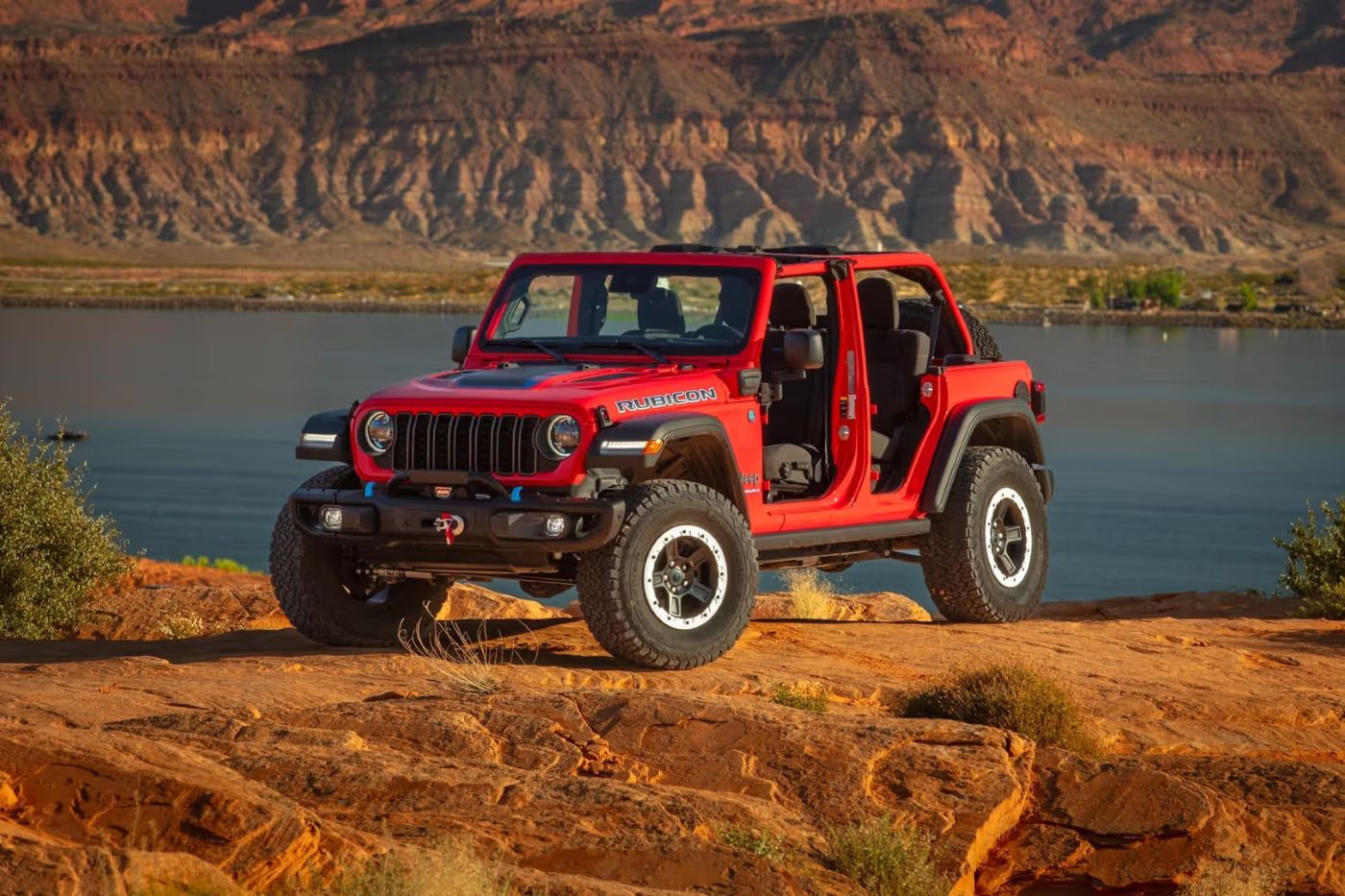
1. Jeep Wrangler (2-Door)
The two-door Jeep Wrangler may be a rock-crawling icon, but when it comes to comfort over long highway stretches, it fails to meet even basic ergonomic expectations. Designed primarily for rugged terrain, the Wrangler’s interior lacks many of the refinement features that drivers expect from a daily-use or road-trip vehicle.
The short wheelbase contributes to a jarring ride, and the upright windshield, limited seat adjustments, and stiff suspension make for a harsh experience even on smooth pavement. It’s not just that the ride is bumpy—it’s that the Wrangler makes little attempt to insulate occupants from that roughness.
The front seats are particularly underwhelming. While they look durable and outdoorsy, they lack contouring and offer poor lumbar support, which becomes painfully noticeable after an hour or more behind the wheel. The fixed headrests and firm cushions contribute to pressure points, especially in the lower back and tailbone area.
Taller drivers often find themselves sitting too close to the dashboard, while shorter drivers may struggle with pedal reach. This mismatch stems from a lack of seat height and angle customization, a glaring omission in a vehicle at this price point.
Steering wheel adjustability is also limited, which can lead to awkward arm positions. Combined with cramped legroom in the two-door configuration, these flaws create an uncomfortable driving posture that’s difficult to modify. And let’s not forget the noise factor—road and wind noise are extremely intrusive, particularly at highway speeds due to the removable doors and roof.
Even with aftermarket upgrades, the Wrangler 2-door’s design simply isn’t intended for ergonomic satisfaction. It’s a fun and capable off-roader, but for long trips or everyday comfort, it falls short in nearly every way.
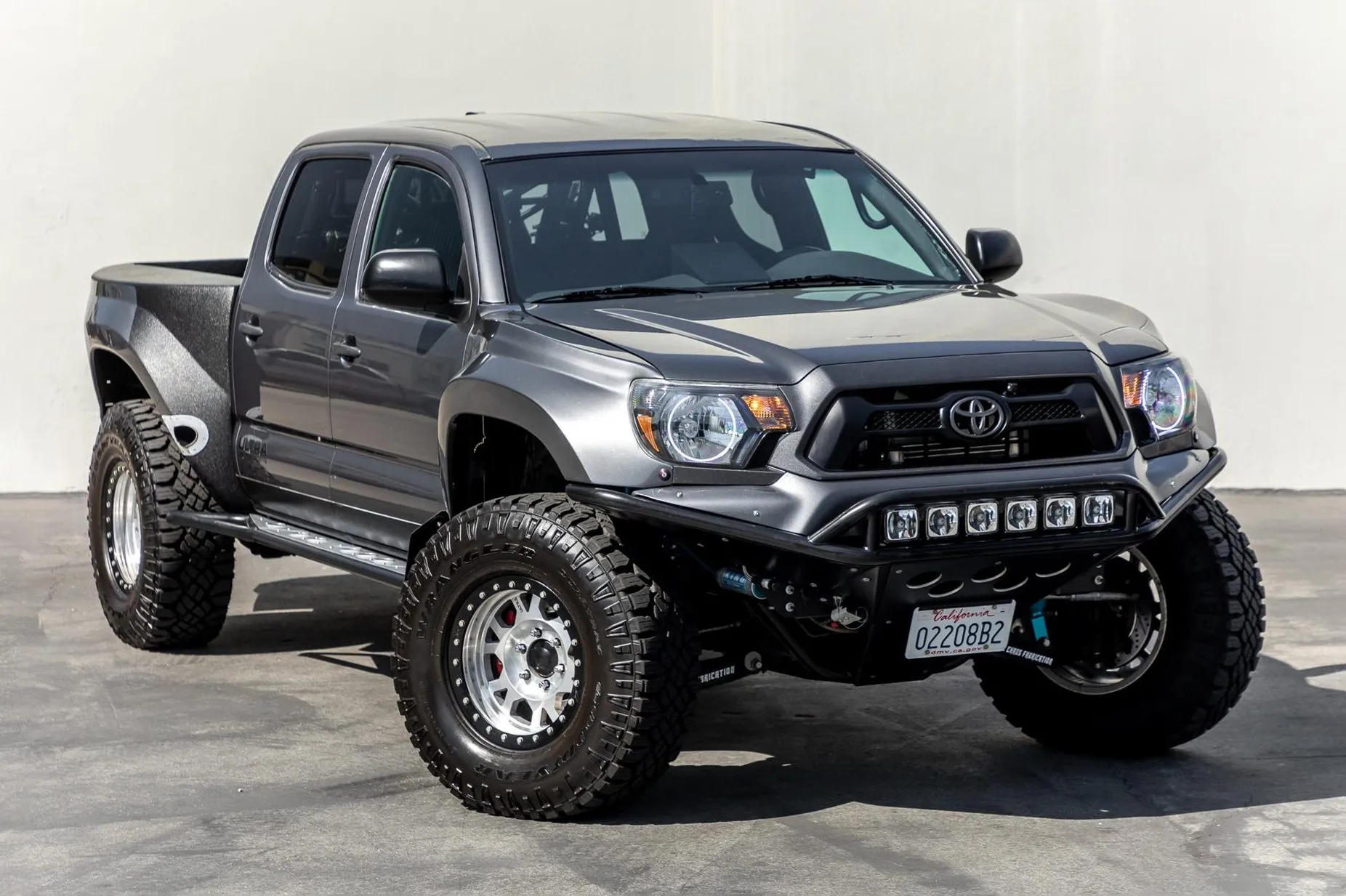
2. Toyota Tacoma (Pre-2024 Models)
For years, the Toyota Tacoma has been praised for its off-road abilities and bulletproof reliability. However, one glaring flaw has haunted it for just as long: a deeply uncomfortable driving position.
In models built before the 2024 redesign, the Tacoma suffers from a so-called “sit-on-the-floor” posture due to low seat mounting and limited adjustment range.
This forces drivers into an awkward, legs-forward angle that places unnecessary pressure on the hips and thighs during long hauls. The sensation is closer to sitting in a sports car than a pickup truck, without any of the excitement.
Seat design is another major pain point. The cushions are flat, firm, and offer almost no lumbar support, leaving the spine poorly aligned and unsupported. Even aftermarket lumbar pillows often can’t compensate for the lack of ergonomic engineering built into the seats themselves.
On extended drives, this setup leads to aching backs, sore shoulders, and restless legs. Drivers over six feet tall are particularly disadvantaged, as legroom is minimal and the pedals sit at a tight, upward-facing angle that increases foot fatigue.
To make things worse, the steering wheel has very limited telescoping movement. This restricts how far back a driver can sit without overextending their arms. The result is a cramped, hunched posture that strains the back and neck over time.
While the 2024 refresh addressed many of these issues with redesigned seats and improved adjustability, the millions of older Tacomas on the road continue to provide one of the least comfortable experiences in the mid-size truck segment. It’s a vehicle made to last—but not necessarily one you’ll want to spend hours in.
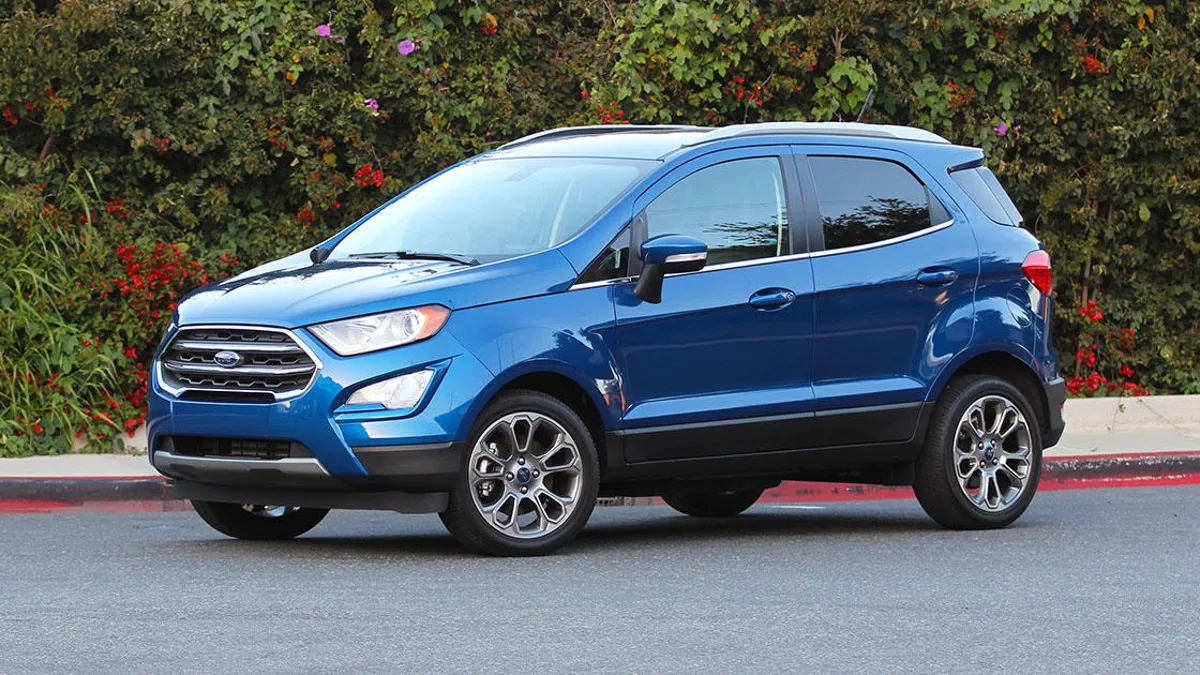
3. Ford EcoSport
The Ford EcoSport was introduced as a budget-friendly, compact SUV for city dwellers, but its shortcomings in cabin comfort make it an unlikely candidate for long-distance travel. The interior is tight and unrefined, and the seat design lacks both padding and support.
On first impression, the front seats may seem upright and tall, offering a good outward view. But after a mere hour of driving, most occupants begin to feel the strain in their lower back and legs. The short seat cushions offer little thigh support, leading to poor blood circulation and fidgeting.
Ergonomic issues are also tied to the car’s dimensions and layout. Because the EcoSport is built on a small car platform, it inherits the same space constraints. The front passenger seat, in particular, lacks height adjustment, and taller occupants may find their knees pressed uncomfortably against the dashboard.
Meanwhile, the driver’s seat, while somewhat adjustable, does not allow for fine-tuning that might help reduce fatigue. Lumbar support is either minimal or completely absent, depending on the trim level, which is inexcusable in a vehicle designed to carry adults.
The discomfort doesn’t stop at the seats. The ride is choppy, and the suspension poorly absorbs highway imperfections, which compounds the fatigue factor over long distances. Road noise is also prominent, as insulation is minimal, and wind noise becomes a persistent background hum.
The cramped feel, lack of supportive seating, and constant vibration through the chassis make the EcoSport suitable only for short trips. For anyone thinking about road tripping in one, it’s likely to be a literal pain in the back.
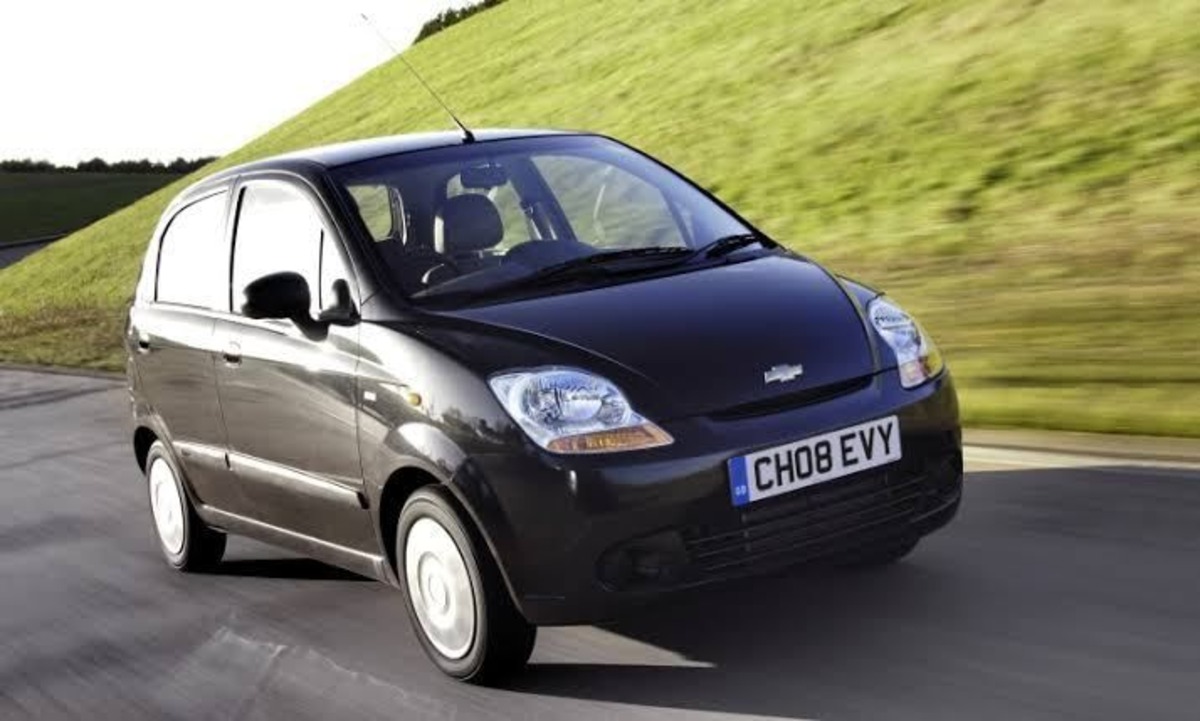
4. Chevrolet Spark
The Chevrolet Spark is one of the cheapest cars you can buy new, and while that might be appealing from a financial perspective, its budget roots are obvious the moment you sit in it. The seats are extremely basic, with almost no bolstering or lumbar support.
The upright position and flat cushion design make it difficult for the seat to conform to the shape of your body, leaving your spine unsupported and your thighs floating. After an hour on the highway, most drivers will start feeling discomfort in the tailbone and lower back.
One particularly egregious ergonomic flaw is the limited adjustability in both the seat and the steering column. For many drivers, especially those who are tall or have longer torsos, the inability to customize the driving position leads to cramped legs, awkward wrist angles, and hunched shoulders.
Even drivers of average height report difficulty finding a position that balances reach and visibility. The cramped footwell adds another challenge, often leading to foot fatigue or numbness in the right leg after prolonged driving.
Additionally, the Spark’s small wheelbase and stiff suspension mean every bump in the road is transmitted directly through your seat. Add in a noisy cabin with minimal insulation from engine and road sounds, and the total experience becomes both physically and mentally exhausting.
The Spark is perfectly functional for inner-city errands and short commutes, but once you go beyond a 30-minute drive, its lack of ergonomic consideration becomes impossible to ignore.
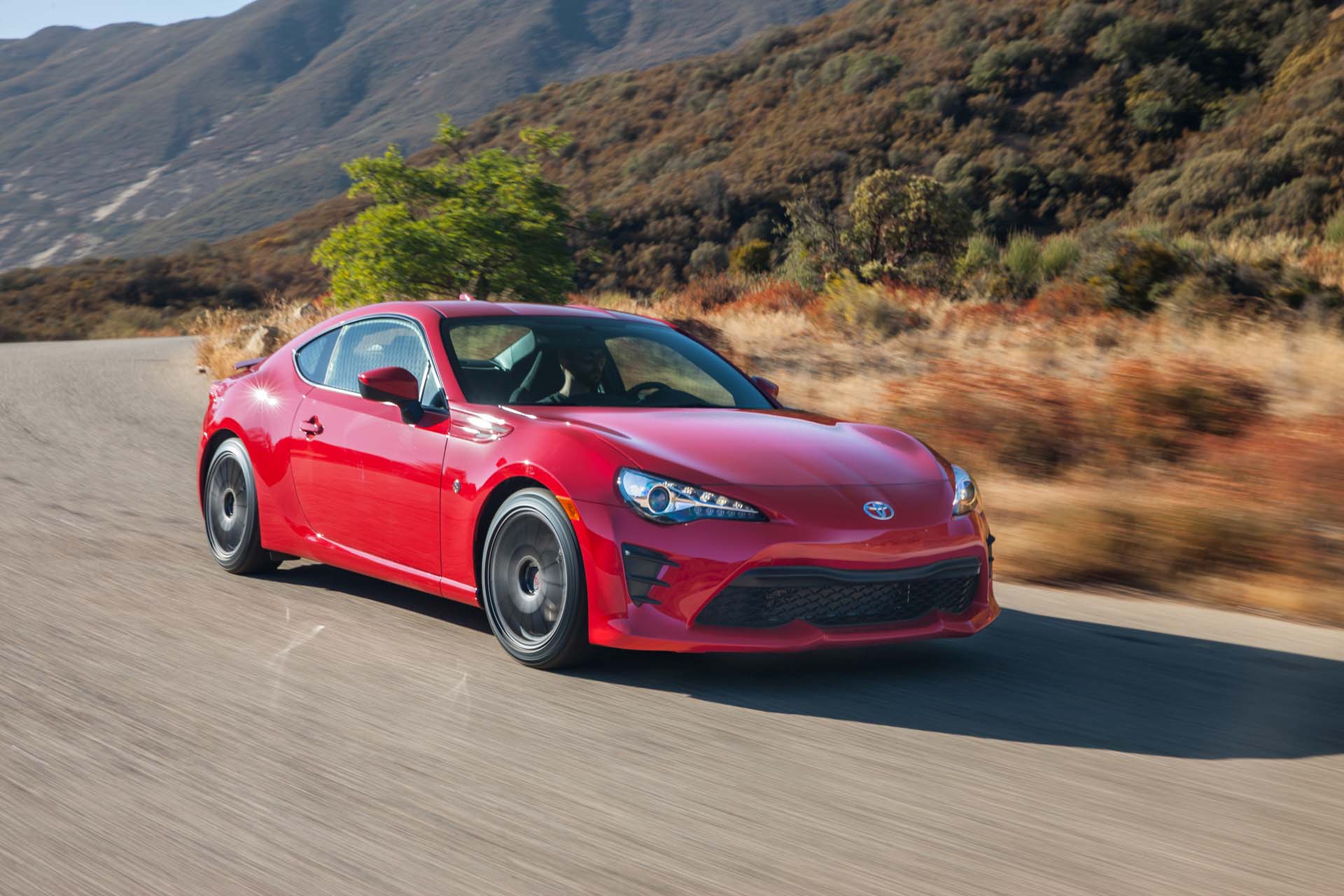
5. Subaru BRZ / Toyota 86
The Subaru BRZ and Toyota 86 (and the earlier Scion FR-S) are loved by driving enthusiasts for their responsive handling and pure rear-wheel-drive dynamics. But as fun as these coupes are on twisty backroads, they’re not built with long-distance comfort in mind.
The seats, while heavily bolstered for spirited driving, are too narrow and rigid to provide sustained comfort. They’re designed to keep you locked in place, not to support you on a five-hour highway cruise. For drivers with wider builds or those over six feet tall, the bolsters press into the ribs and thighs uncomfortably.
Another issue lies in the vehicle’s extremely low seating position. While this creates a low center of gravity and a sporty feel, it also makes it difficult to enter and exit the car, especially for older drivers or those with mobility issues.
Once inside, the low seat height and stretched-out leg position can cause hip and lower back strain over time. There’s also minimal lumbar contouring, and the seats lack power adjustability in most trims, so customizing your position is next to impossible.
To make matters worse, the ride quality is very firm. This suits performance driving, but it’s unforgiving on long, straight highways with rough or uneven pavement. Road and tire noise are quite pronounced, especially at speeds above 65 mph, which contributes to overall fatigue.
The BRZ/86 twins are undeniably entertaining machines for weekend fun, but they make a poor choice for anyone planning cross-country trips or daily long commutes. They’re machines that prioritize feel over comfort, and that trade-off becomes painfully obvious the longer you’re in the driver’s seat.
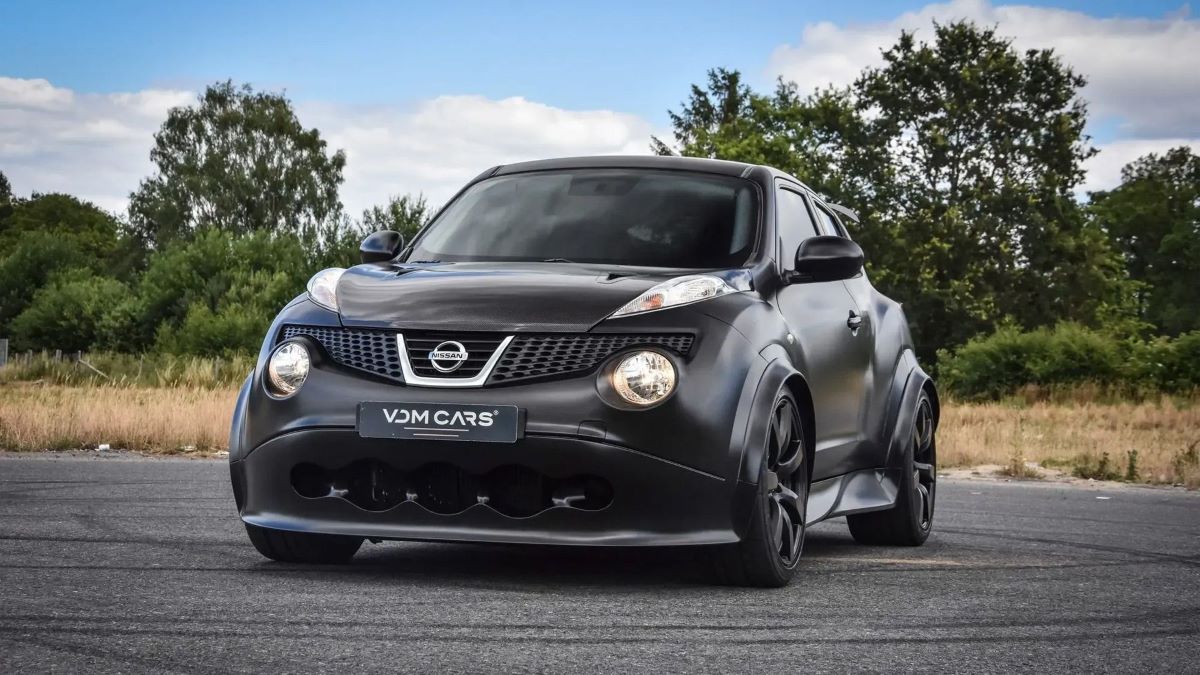
6. Nissan Juke
The Nissan Juke, with its eccentric styling and compact footprint, made waves when it first launched. However, its bold looks don’t translate well into long-distance comfort. The cabin design sacrifices ergonomics in favor of visual flair, resulting in a driving position that feels cramped and awkward for many adults.
The seat padding is minimal and oddly shaped, particularly in the lumbar region. Drivers with sensitive backs or those used to more contoured seats will quickly feel the absence of true support.
The seat base is short and doesn’t provide enough under-thigh support, especially for taller drivers. Long drives expose this flaw, as the legs start to fatigue due to poor circulation and lack of elevation. Making matters worse, the seat height and backrest angles lack the fine-tuned adjustability found in more comfort-oriented vehicles.
The bolstering, while designed to appear sporty, often presses into the sides uncomfortably, especially for broader body types. These issues are exacerbated by the limited headroom, which makes the interior feel even more claustrophobic than it already is.
Visibility and control placement also detract from the Juke’s ergonomic experience. The dash and center console are wrapped tightly around the driver, which may seem sporty but leads to awkward arm angles when reaching for controls.
Additionally, the small windows and chunky roof pillars create blind spots, forcing drivers to strain their necks and shoulders frequently during lane changes or turns. While the Juke may appeal to younger city drivers with its unconventional looks, its lack of ergonomic refinement makes it ill-suited for road trips or extended use.
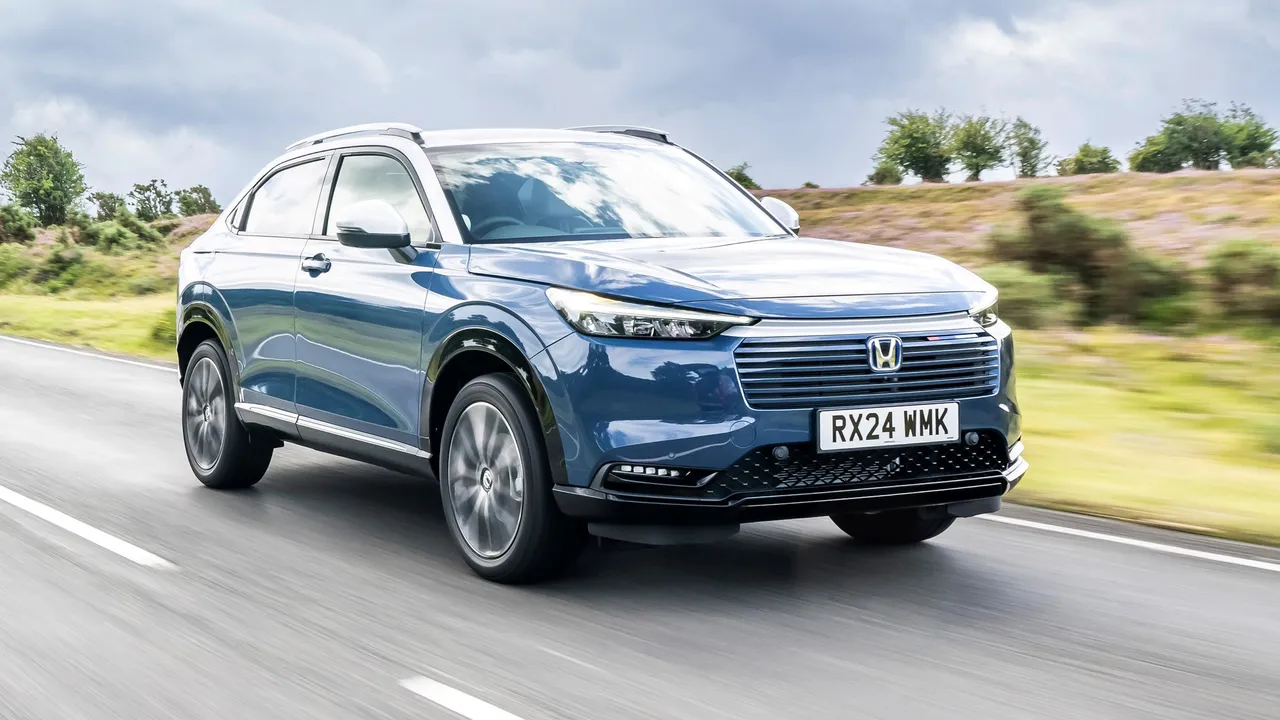
7. Honda HR-V (Pre-2023 Models)
The Honda HR-V has often been praised for its practicality and versatile cargo space, thanks to the innovative “Magic Seat” system. However, before the 2023 redesign, it consistently underwhelmed in terms of long-distance driving comfort.
The seats are relatively flat with very little lumbar support, which might not be noticeable in short city drives but becomes problematic on highway journeys. The upright seatbacks and short cushion lengths make it difficult for taller drivers to maintain a relaxed and supported posture.
Adjustability in the older HR-V models is also limited. The steering wheel lacks a generous telescoping range, which means many drivers can’t bring it close enough without pulling their seat too far forward, leading to cramped knees or overstretched arms.
The seat height is not ideal for many users either, sitting at a midpoint that’s too high for some and too low for others. The lumbar support, where present, is minimal and doesn’t conform to the natural S-curve of the spine. This leads to a slow, creeping ache in the lower back that worsens the longer the drive goes on.
The interior layout, while modern-looking, has its quirks. Some controls, like the climate system or touchscreen, are slightly angled away from the driver, requiring awkward reaches and frequent readjustments. Cabin noise and vibration levels are also higher than expected, adding another layer of fatigue.
While the HR-V excels in urban practicality and fuel efficiency, these ergonomic issues make it a less-than-ideal candidate for long-distance comfort, especially for drivers who spend more than an hour or two at a time in the vehicle.
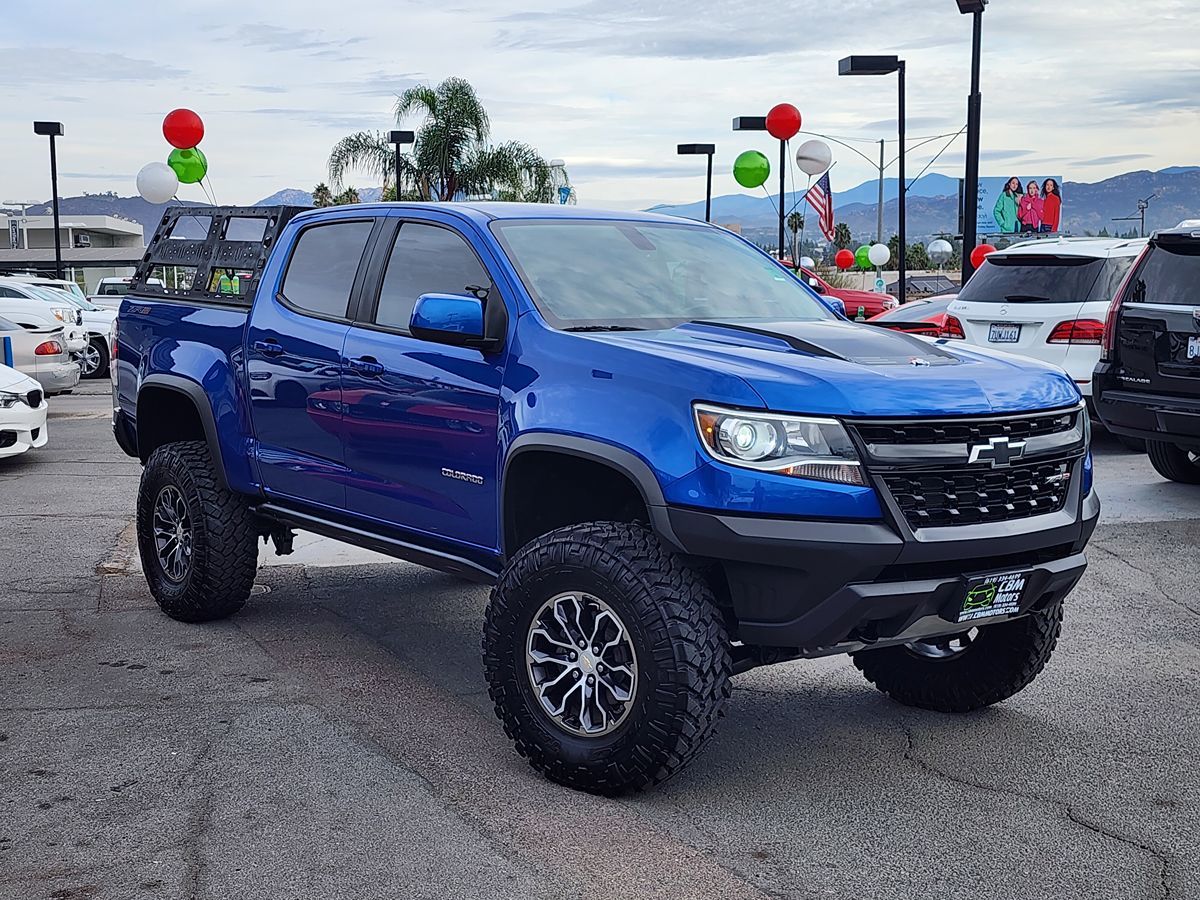
8. Chevrolet Colorado (Pre-2023 Models)
The Chevrolet Colorado, especially in models prior to 2023, has a rugged image and strong utility capabilities. However, its interior leaves much to be desired when it comes to ergonomics, particularly for drivers who log long highway miles.
The front seats, although visually appealing, are quite firm and lack the contouring needed to keep the spine aligned during extended travel. This leads to pressure points forming around the shoulders and lower back within the first hour of driving.
One major criticism is the seat height in relation to the floor. In many Colorado trims, especially base and mid-level versions, the seats are positioned too low and flat, forcing the knees upward and reducing leg support. This design flaw is particularly hard on taller drivers, who often report discomfort in the knees and hips after long trips.
The steering column does offer tilt, but only limited telescoping, which makes finding a comfortable position for drivers of various heights a frustrating challenge. Some drivers are forced into a semi-reclined posture just to compensate for a lack of leg support or wheel reach.
Noise, vibration, and harshness (NVH) levels are also high in earlier Colorados, especially when driving on rough pavement or unsealed roads. Wind and tire noise seep into the cabin easily, increasing fatigue.
Add in a bouncy suspension on non-ZR2 models and firm seat cushioning, and the result is a truck that may excel in towing or hauling but fails to deliver comfort over the long haul. While newer redesigns have improved ergonomics, the older models remain problematic for those seeking a pain-free driving experience.
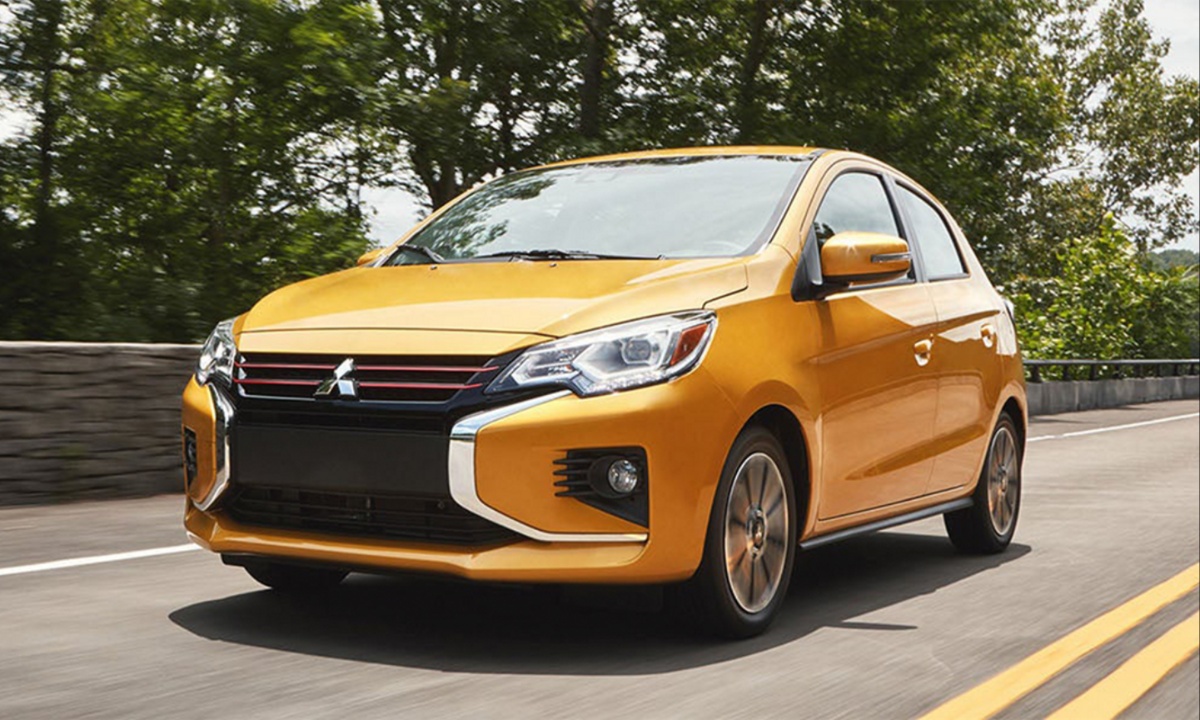
9. Mitsubishi Mirage
The Mitsubishi Mirage is one of the most affordable new cars available, and that low price comes with significant compromises, most notably in comfort and build quality. The front seats are extremely basic, lacking any meaningful lumbar support or adjustability.
On a long drive, this translates to significant discomfort, as the body is left unsupported and forced to maintain a tense, upright position. The seat cushions are flat and short, failing to offer adequate thigh support for even average-sized adults.
The Mirage’s driving position is also a major concern. The steering wheel has minimal adjustment—some trims only offer tilt, with no telescopic function, which severely limits posture flexibility.
This means many drivers can’t bring the wheel into a comfortable range without contorting their seating position, leading to strain on the arms, back, and shoulders. Additionally, pedal placement is somewhat narrow and close together, which can cause cramping in the right leg or foot after prolonged use.
Interior noise levels are another source of long-distance fatigue in the Mirage. The car lacks sufficient insulation, so road noise, engine vibration, and wind interference quickly become overwhelming at highway speeds.
Combine this with a jittery ride quality due to its short wheelbase and budget suspension setup, and you have a vehicle that actively works against driver and passenger relaxation. Though it excels in cost savings and city maneuverability, the Mirage fails the test of ergonomic comfort for any kind of serious driving beyond short trips.
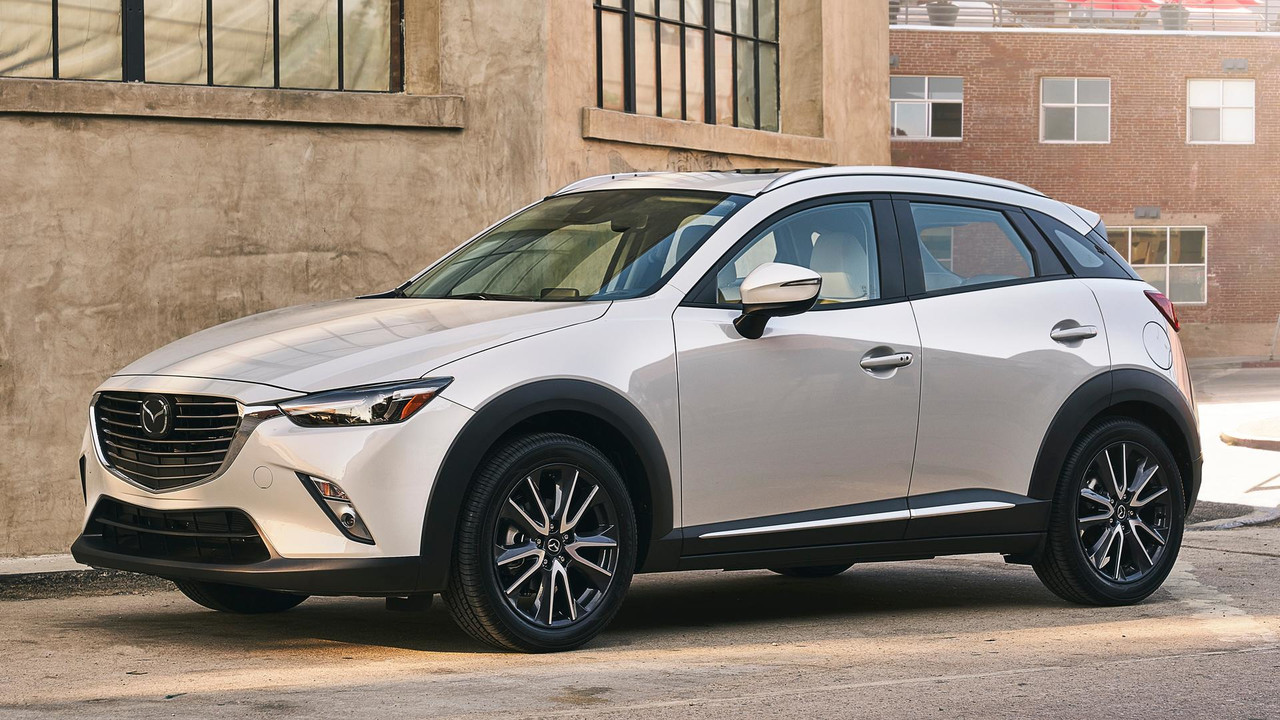
10. Mazda CX-3
The Mazda CX-3 is often praised for its sharp handling and upscale interior touches for a subcompact SUV, but it falls flat when it comes to long-haul ergonomics. One of the primary complaints involves the compact and narrow seats, which lack sufficient padding for long durations.
While the bolstering helps during cornering, it presses into the sides of larger occupants, causing pressure points that become uncomfortable after even moderate time behind the wheel.
The low seating position and compact cabin space mean that taller drivers may struggle with headroom and visibility. The seat itself lacks enough under-thigh support, and the lumbar area is only mildly contoured, resulting in back fatigue over longer stretches.
Steering wheel adjustability is decent, but many drivers still find themselves having to choose between a comfortable arm position or sufficient legroom, rarely both. This imbalance forces unnatural postures, especially during highway drives, where minor ergonomic flaws become magnified.
Another factor that diminishes long-distance comfort is the vehicle’s firm ride quality. While this setup enhances agility in urban or twisty road environments, it results in a harsher experience on long drives, especially on uneven pavement.
Road and wind noise are also noticeable at higher speeds, adding to driver fatigue. Though the CX-3 is stylish and fun in short bursts, it’s ultimately ill-suited for those who value sustained comfort and body support on the open road.
Also Read: 10 Best Daily Drivers for Harsh City Traffic With Best Fuel Efficiency
While no car is perfect, long-distance comfort is a critical, non-negotiable aspect that too often gets overlooked during the car-buying process.
The ten vehicles highlighted here illustrate that even popular, well-reviewed, and otherwise high-performing models can fall flat when it comes to supporting the driver and passengers over the long haul.
In some cases, it’s a poor seat design. In others, it’s a lack of adjustability, awkward driving posture, excessive noise, or a combination of all of the above. What they share in common is this: they fail to meet the basic ergonomic needs of real drivers in real-world conditions.
Comfort isn’t just a luxury; it’s a safety factor. Discomfort leads to distraction, fidgeting, fatigue, and ultimately, reduced concentration behind the wheel. Over time, poor ergonomics can also contribute to chronic back and joint pain, especially for those who spend hours each week commuting or traveling.
That’s why it’s essential to test for more than just engine performance or touchscreen responsiveness. Sit in the seat for a while. Adjust the steering wheel. Consider your posture. Ask yourself: could I do this for four hours straight?
The good news is that the industry is slowly improving. Redesigns like the 2024 Toyota Tacoma and the latest Honda HR-V show that automakers are listening to ergonomic complaints and evolving to meet a wider range of body types and preferences.
Until that becomes the norm across every class and price point, though, it pays to do your homework—and hopefully, this guide helps steer you away from some of the most uncomfortable options currently out there.

